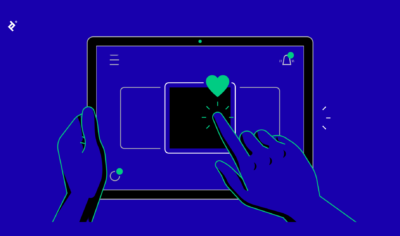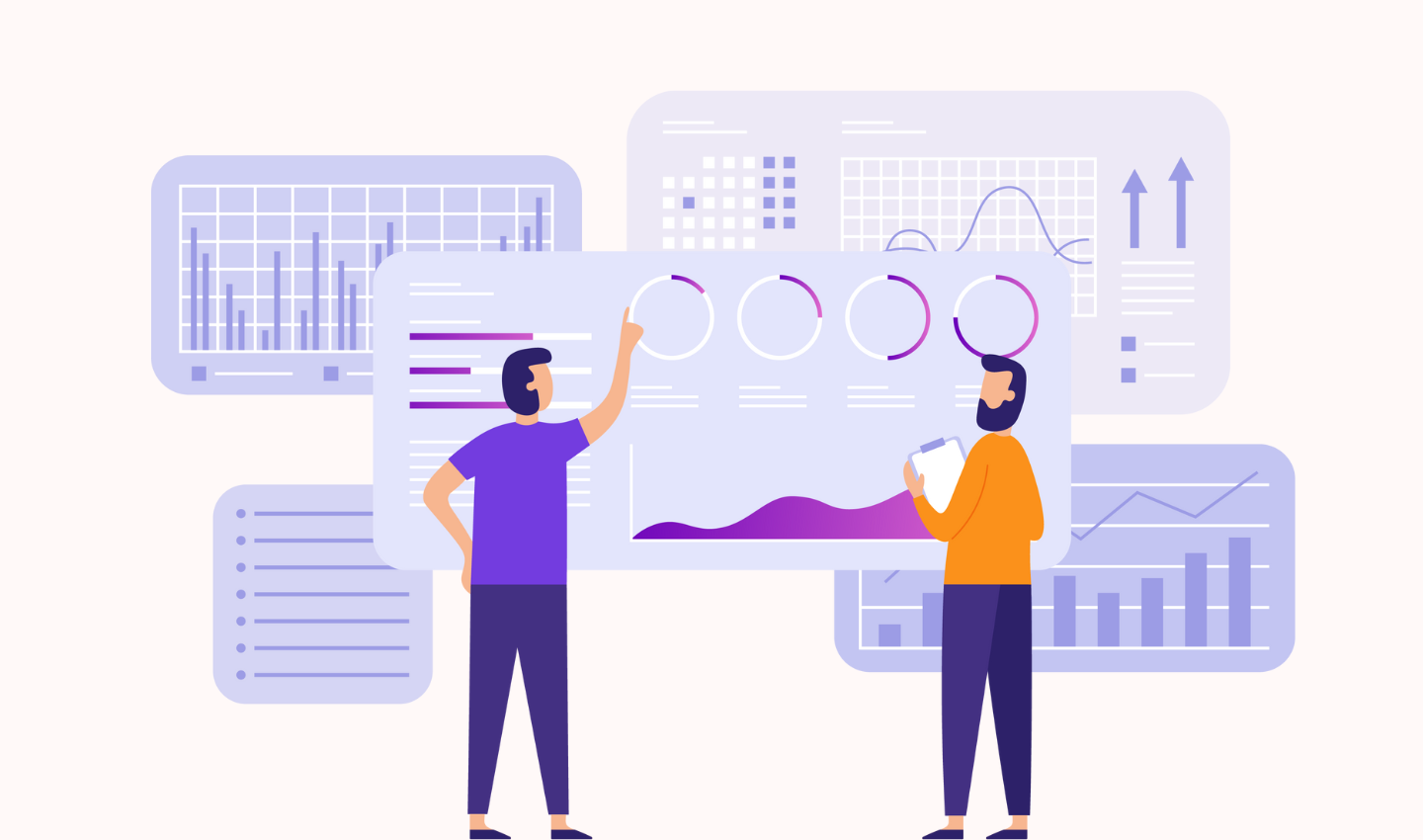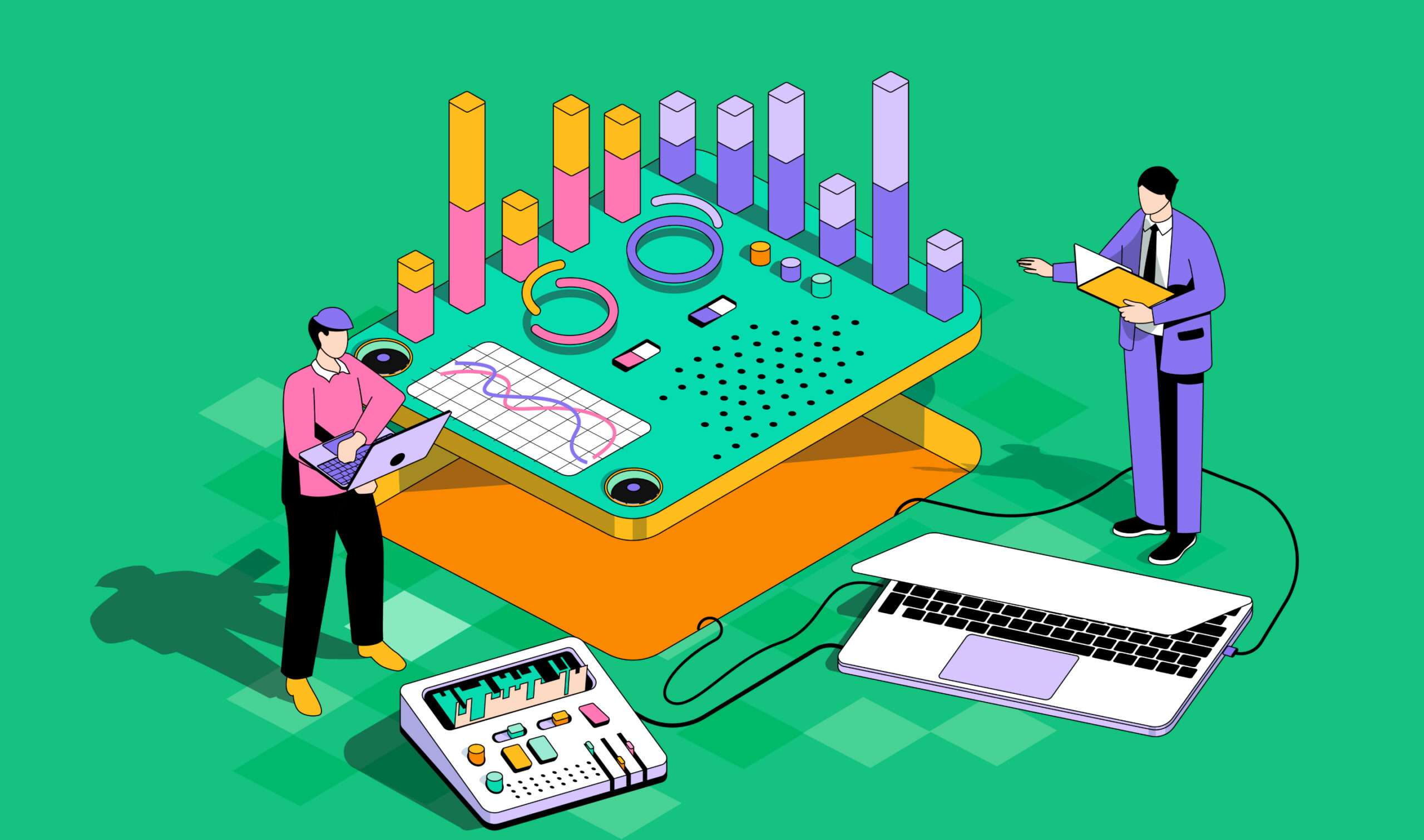
How to use Data to inform your UX Design in 2023
Data analytics is an essential and powerful tool for UX designers, as it helps them make data-driven decisions about the design of products and services, and understand how users interact with a product or service and identify areas for improvement. By analysing user behaviour, designers can gain valuable insights into the user’s needs, preferences, and pain points, which can be used to inform the design process and optimise and lead to more effective and efficient solutions.
Data empowers designers. It gives them the key to design accurately, and nobody should be afraid or shy away from it. Being able to access the right data and use it correctly will change the way designers do things for the better. It will give the ability to produce a powerful tool for designers that will help them create beautiful products that are not only beautiful but easy to use, providing a great user experience.
Table of Contents
What Are Analytics?
“UX analytics is the measurement and analysis of user activity on a website or app that provides insights into how its design can be adapted to meet the current or changing needs of end users.” (mixpanel.com)
1. Quantitative data
Quantitative data is information that is expressed as counts or numbers, each of which has a specific numerical value. It answers questions such as “how many visitors…”, “how often this link has been clicked…” etc.
Web Analytics
What is it:
Web analytics consists of data collected from a website itself, such as the number of visits, the traffic sources, page views etc.
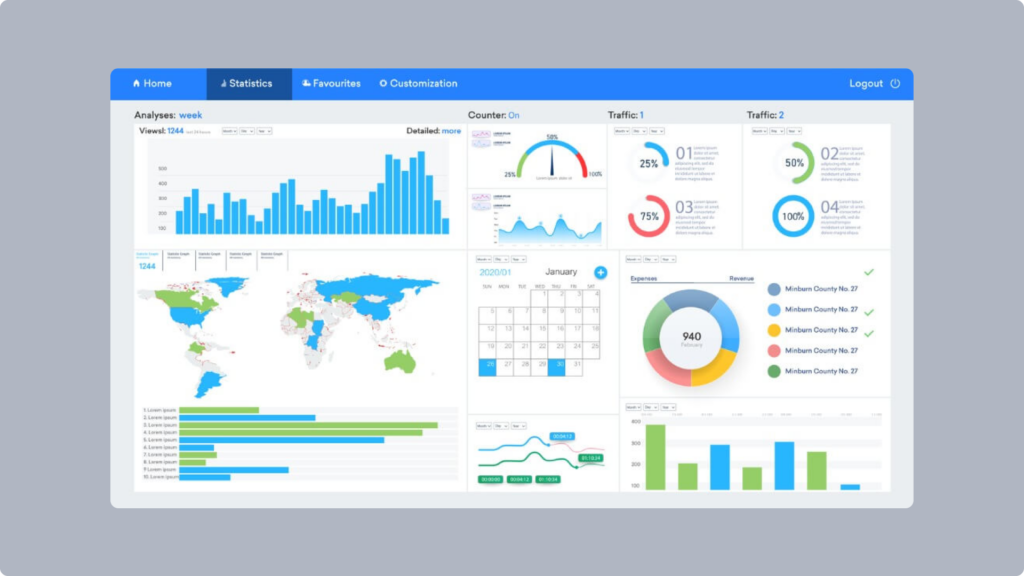
What is it useful for:
This data is very important in CRM (Customer Relationship Management) Analytics to understand customer retention.
A/B testing
What is it:
Also known as split testing, A/B testing is an experimentation process where two or more versions of a variable, such as a web page, are presented to different user groups at the same time. This process helps us determine which version performs better.
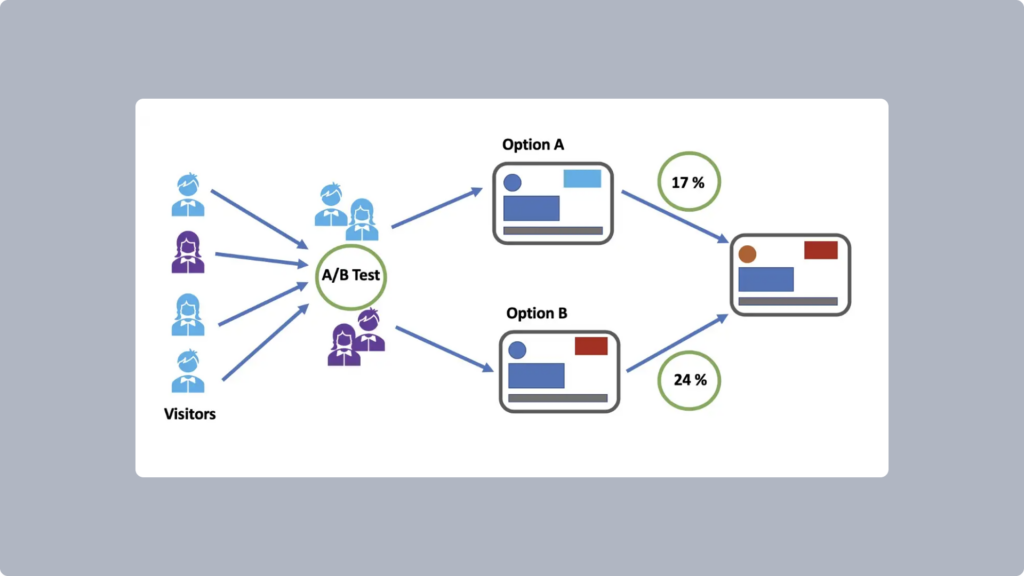
What is it useful for:
This process helps us determine which characteristics of which version has better results and performing better.
Netflix is very good at A/B testing, and I think you might have experienced it yourself: have you ever seen two or more different visuals for a series or a movie?
That’s because Netflix is trying to see which artwork would work best (which one you would more likely click on if you saw it) in order to suggest it to people who have the same profile as you. Now you know 🙂
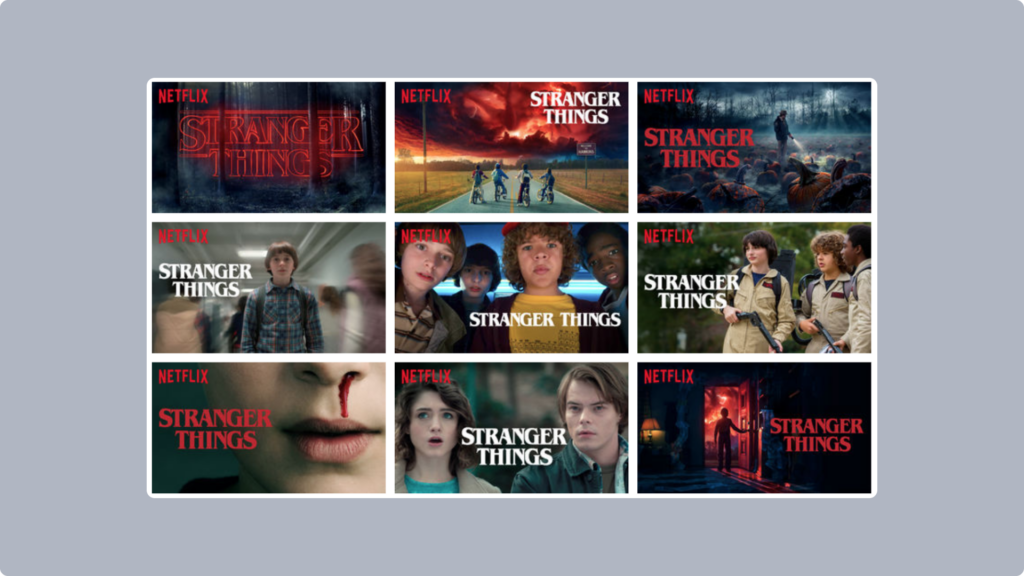
First Click Testing
What is it:
The first click method is used to verify that the first click the user makes on a website or application is clear and easy. The click tells us where the user clicked but not why.
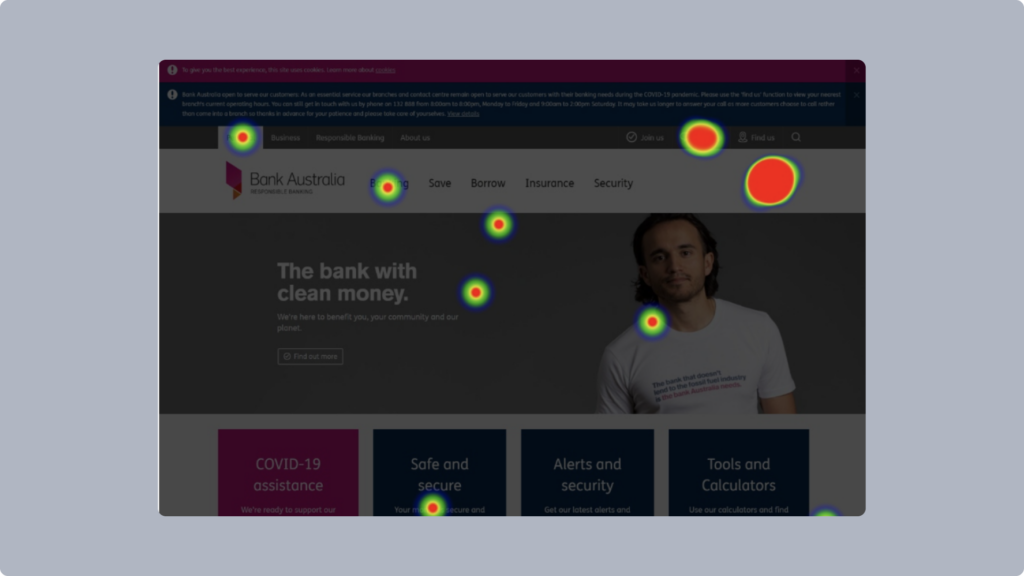
What is it useful for:
A study was made in 2013 by Bob Bailey and Cari Wolfson on the importance of first clicks. They found that a user had a 87% chance of completing the action correctly if the first click was correct, versus 46% if the first click was wrong.
2. Qualitative Data
Qualitative data is non-numerical data. It is data that is collected through observations, surveys, interviews… It answers questions such as: “who is the customer…”, “what problem are they facing…” etc.
Usability Testing
What is it:
Usability testing is a method used in UX design to evaluate a product or service’s usability by observation of the user who is interacting with it. Usability testing can be conducted at different stages of the design process; as early as during the prototyping phase to functional products.
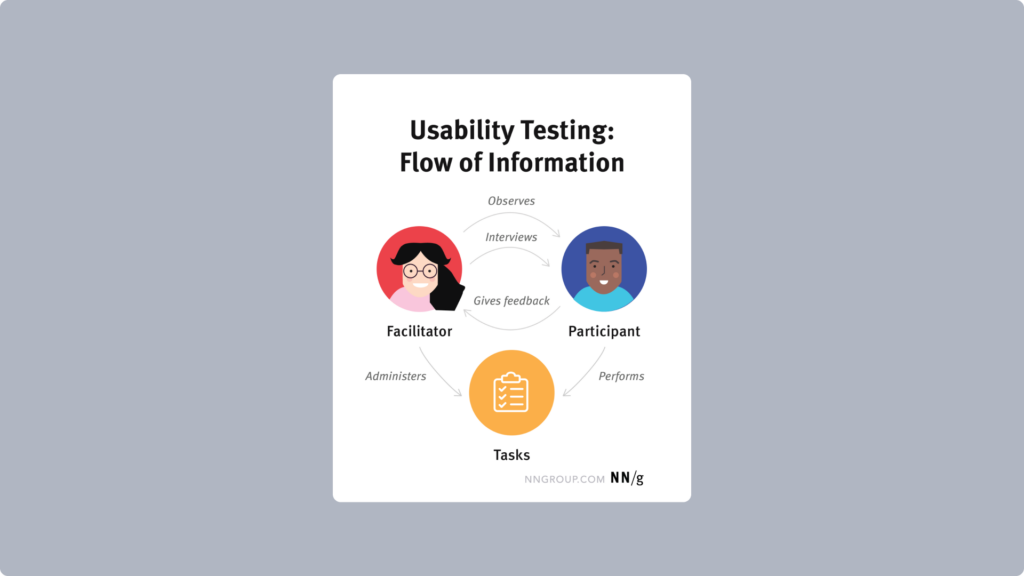
What is it useful for:
It provides designers with valuable insights on how the users interact with a product. The data gathered from this testing is then used to identify areas for improvement, and make any changes in UX design that will improve the user experience.
User Research
What is it:
User research, or UX research, is vital in the design process. It is the process of gathering information on user behaviour, needs and preferences to inform the design of a product or service. User research should be conducted at the very beginning of a project. This allows you to gather useful data and information by observing users, realise their behaviours, their needs and their pain-points.
It involves a range of techniques and methods such as surveys, interviews, observations and usability testing.
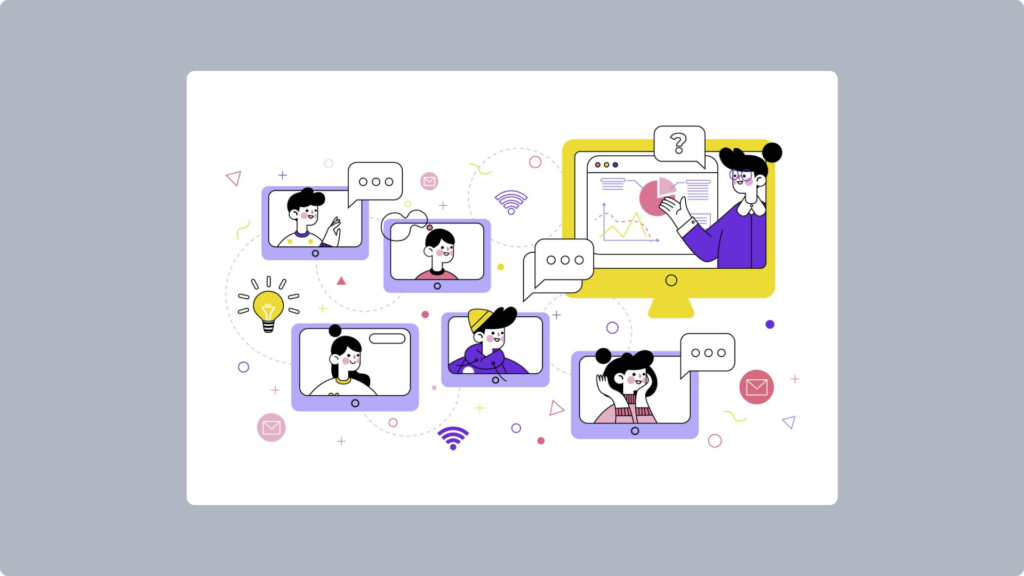
What is it useful for:
By knowing exactly what the users need and what their current problems are, designers can product informed products that will remove any friction and pain point from the users. It will allow you to find the problems, find any patterns amongst the users and validate (or not) the assumptions you had. It sets a background to all your work and you can refer it during the entire project.
Why should we analyse data? and what does it do?
According to Forbes, there are “9 Vital Customer Analytics” to consider, such as customer satisfaction, customer lifetime value, customer segmentation, sales channel, web analytics, social media, customer engagement, customer churn, and customer acquisition. All this information allows designers to understand the context, who they are designing for and what the problem they need to solve is.
“Without data, you can’t tell which solutions are actually effective and which ones aren’t.”
Philippe H. Founder of RAW
The role of data analytics in UX design is to give information and insights to designers to help them make informed decisions. Data analytics can have multiple benefits in UX design, such as allowing designers to identify and address specific pain-points. If there is no information on why such a large number of users quit using an app, the problem is unsolvable. However, if designers know that it is because users are abandoning a digital product at a particular step that is asking a lot of effort from them, designers can use this information and make changes that would take away any friction from the users and improve the user experience.

When you are swimming in a large pool of data and are confident enough in using data to better your design, you can take data to another level. Many brands and big companies rely on data itself. Amazon for example is continuously improving their user experience through the use of data. By accumulating enough data through time, Amazon has turn this tool into a strength, offering personalised products to its customers. Amazon knows what you want to buy before you even do! and that power resides in data. By learning behaviours from previous customers and assimilating different similar profiles together, Amazon can suggest products that it knows will be relevant for you.
How to use data and what to pay attention to?
Now that you know why it is important to incorporate data into your work as a designer, let’s see how we can gather and transform data into meaningful and actionable insights. The data should be analysed at the beginning of the project. Don’t leave it for the end of the project, it will be completely useless as it lays a groundwork on which you can easily navigate.
- Define the objectives (a.k.a. why you are conducting this research, what are your assumptions):
The goals you set should be realistic and reasonable. It can be anything from improving the usability, solving one specific problem in the design or increasing conversions. - Collect data:
This can be through methods presented previously such as A/B testing, heat maps, user research etc. When collecting data, you should always keep in mind the problem you are trying to solve. - Organise the data:
Be careful of the term data. The raw data you just have collected, from a user research, web analytics and so on, is just a random set of information, but in this state, it is pretty much useless. Keep in mind that all the information you have harvested might not be totally useful as well. You can organise data into categories, segment them and use the ones that make more sense to your project and your defined objective(s). This step can be achieved by sorting the data out on a spreadsheet or specialised data analysis software. - Mine the data:
Mining data describes the process in which we extract patterns and relationships that can solve the enunciated problem. This can be done thanks to machines and softwares. The goal is to identify patterns and correlations in the data. By doing so, we can easily narrow down the problem and solve it by making data informed decisions. - Identify and Communicate insights:
Data is pretty much like raw meat at this point, not yet edible. But once you cook it and assemble it, you have cooked yourself some useful insights, which allow you to understand. Those insights should be specific and actionable.
Once you have identified your insights, you might want to communicate with your team, stakeholders and clients. - Implement, test and evaluate:
Based on the insights you have drawn, you can implement the changes into your designs. Validate your assumptions by testing the designs. See if there were any improvements in the user experience that can be made, any more or other frictions that can be removed. Evaluate the results and iterate, make improvements based on the data you continuously collect.
Conclusion
Overall, data analytics plays a critical role in UX design, helping designers make data-driven decisions, identify areas for improvement, and optimise the user experience. As technology continues to advance, data analytics will become an increasingly important tool for UX designers, allowing them to gain a deeper understanding of their users and create more effective designs.
Take your company to the next level and get results with our world class user experience, interface design and implementation.
Get a FREE 30 min Strategy Session
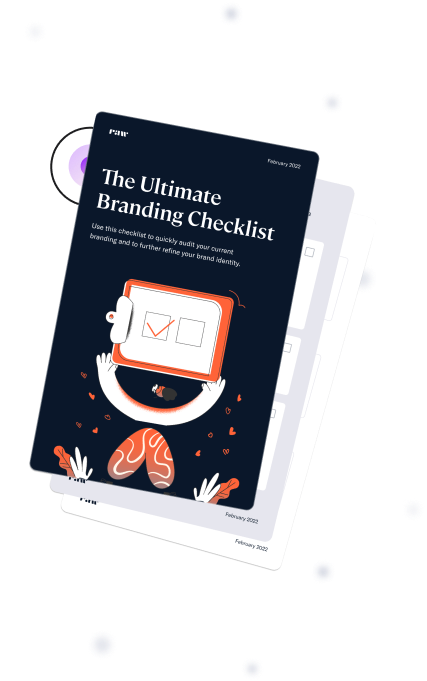
Related posts
User Surveys: 6 Tips for Gaining Valuable Insights
Survey design is complicated, but when utilised correctly, surveys are an incredibly valuable and reliable tool in your research toolbox. […]
Top UX & AI Design Conferences to Attend in 2025
The world of UX design and AI is changing fast, and staying ahead can feel like a challenge. But don’t […]
Top 5 UX Design Agencies for Fintech in Australia
The fintech industry in Australia is experiencing remarkable growth, driven by technological advancements and a robust financial services sector. To […]
Creative product design that gets results
Take your company to the next level with world class user experience and interface design.
get a free strategy session
